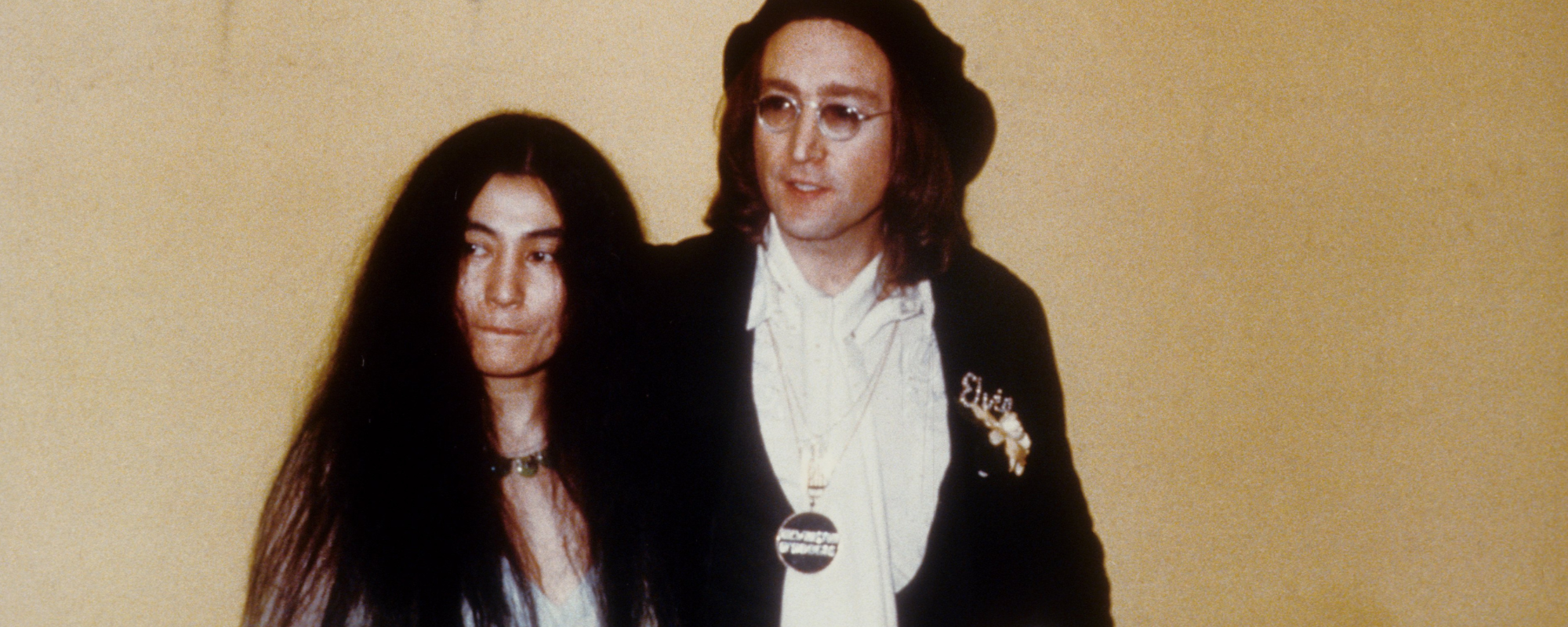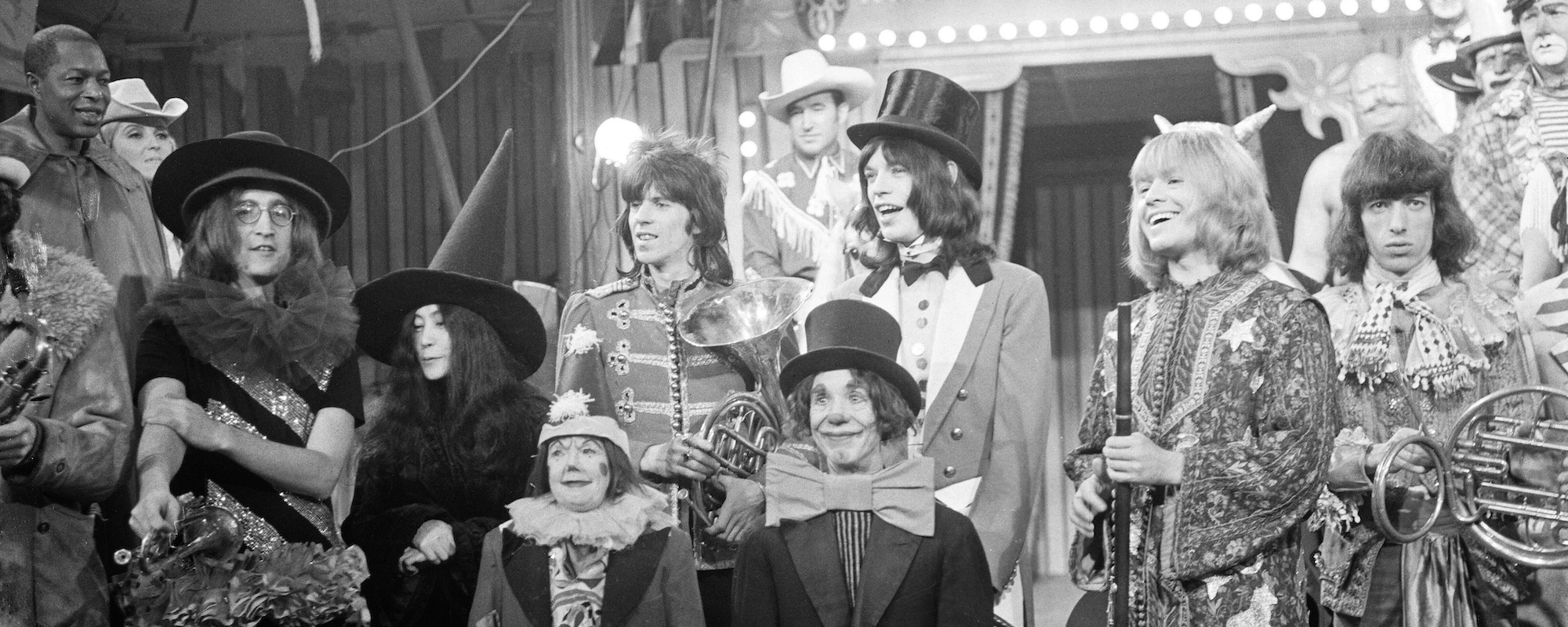Following a stint playing guitar in the psychedelic group John’s Children and some experiments in releasing his own solo material, Marc Bolan formed the folk duo Tyrannosaurus Rex in 1967, along with percussionist and bongo player Steve Peregrin Took.
Videos by American Songwriter
The band released four albums together — My People Were Fair and Had Sky in Their Hair… But Now They’re Content to Wear Stars on Their Brows (1968), Prophets, Seers & Sages: The Angels of the Ages (1968), Unicorn (1969), A Beard of Stars (1970) — before their sound began shifting.
T. Rex
Leaning more against rock, Bolan shortened the band’s name to T. Rex in 1970 and replaced Took with Mickey Finn. The duo hit the charts with the stand-alone single “Ride a White Swan,” and released their debut T. Rex. The project was produced by Tony Visconti, who had already worked on the Tyrannosaurus Rex albums and would soon be introduced to one of his longest-running collaborators, David Bowie, through Bolan.
“Marc was very prolific all the time,” Tony Visconti told American Songwriter. “There was never any shortage of songs, where everyone else I knew at the time struggled to even finish songs. He [Bolan] based his songs on the kind of ’50s rock and roll and a little bit of what The Beatles were doing. We were working in the shadow of The Beatles, but most of the stuff like ‘Get It On’ was straight-up Chuck Berry and even Buddy Holly. He was very self-taught and very, very intuitive.”
Electric Warriors
In 1971, T. Rex, which was now a full band with bassist Steve Currie and drummer Bill Legend, released their groundbreaking album Electric Warrior. Plugged in and dialed up, Electric Warrior was T. Rex’s full entry into harder rock. Opening on the bluesy bebop dance of “Mambo Sun,” the album birthed hits “Jeepster” and the classic “Get It On.” The latter topped the charts in the U.K. and helped the band reach the top 10 of the Billboard Hot 100 at No. 9.
Electric Warrior was followed by another glam-rock smash, The Slider, and No. 1 hits “Metal Guru” and “Telegram Sam.” To avoid British tax laws, a majority of The Slider was recorded at Château d’Hérouville, per the suggestion of friend Elton John, who recorded three albums there —Honky Château and Don’t Shoot Me I’m Only the Piano and his 1973 classic Goodbye Yellow Brick Road.
The front and back album cover of The Slider also features photographs by Ringo Starr, which were shot at John Lennon‘s estate at Tittenhurst Park. Starr also appeared in a mad hatter tea party-inspired video (see above) with the band, which is featured in T. Rex’s 1972 documentary Born to Boogie.
Glam Gods
Shortly after their mega-success with The Slider, the band released Tanx with Bolan, shifting their sound away from its rock core and into more funk and soul. Visconti would produce one more album with the band, their 1974 release Zinc Alloy and the Hidden Riders of Tomorrow, before Bolan took the helm through Bolan’s Zip Gun (1975), Futuristic Dragons (1976), and their 12th and final album Dandy in the Underworld. By the time of their last release, T. Rex already had a completely new lineup, with the exception of bassist Currie, backing Bolan.
Shortly after the release of Dandy in the Underworld, Bolan died in a car accident on Sept. 19, 1977, at the age of 29.
Along with the many visual and musical transformations that were sparking around Bowie, and bands like Slade and Mott The Hoople, T. Rex pioneered the glam rock movement. They also inspired a legion of acts — everyone from Def Leppard, The Smiths, Bauhaus, The Jesus & Mary Chain, R.E.M., and Joy Division, among many more.
T. Rex was inducted into the Rock and Roll Hall of Fame in 2020.
(Photo by Michael Putland/Getty Images)













Leave a Reply
Only members can comment. Become a member. Already a member? Log in.